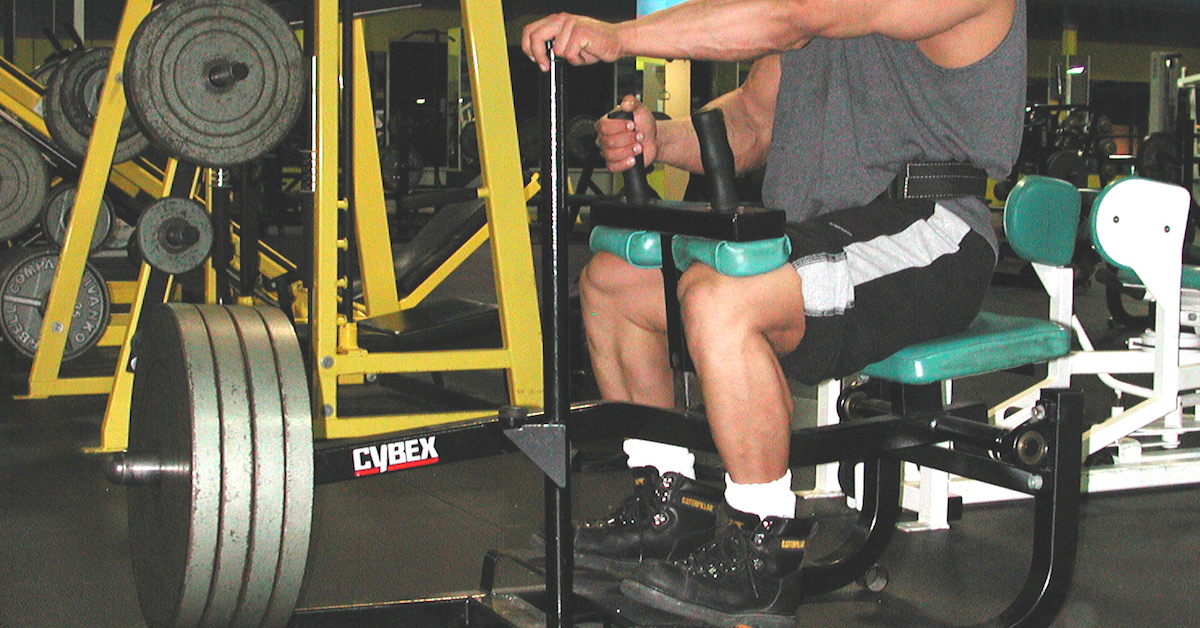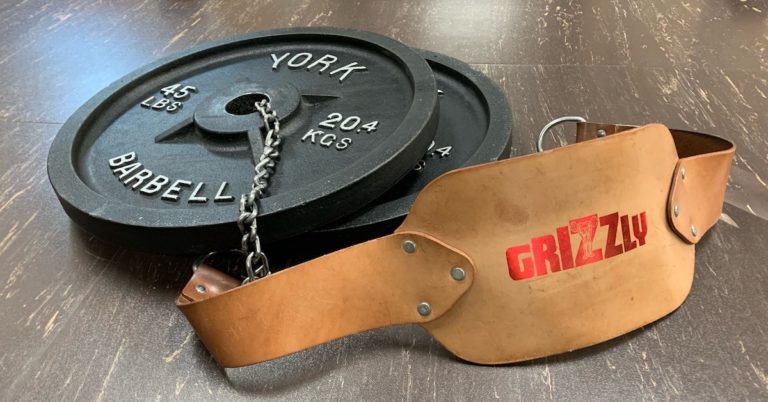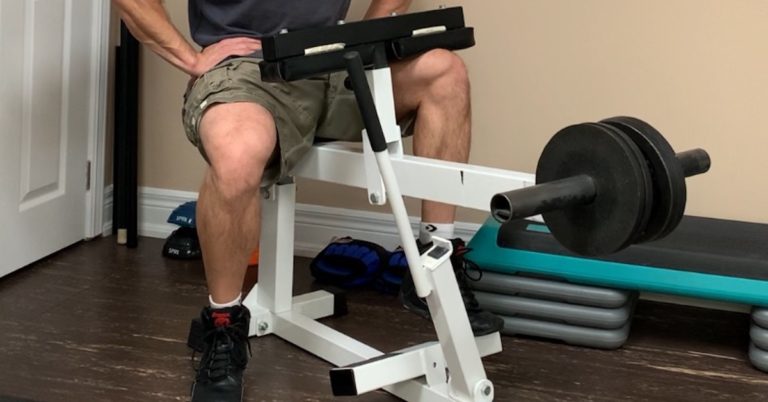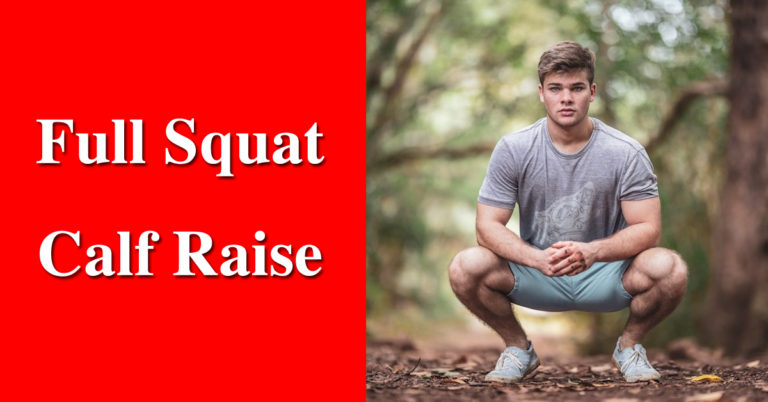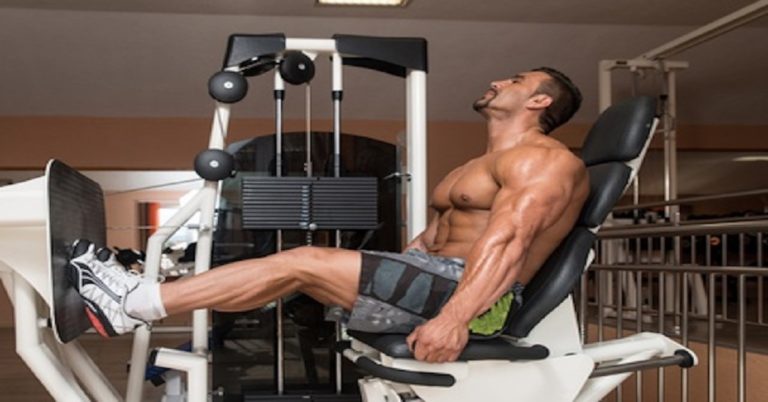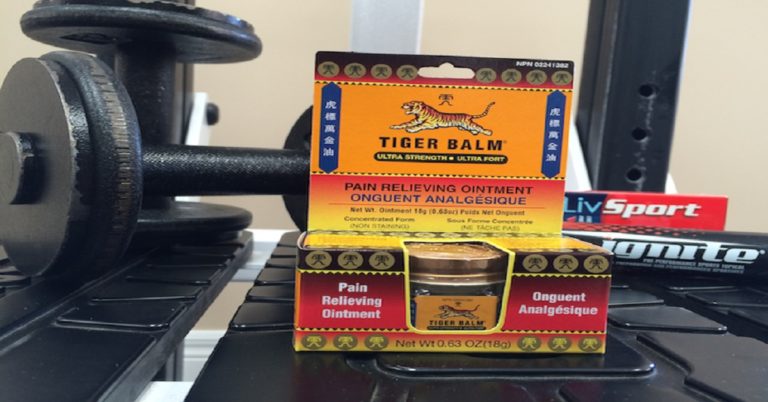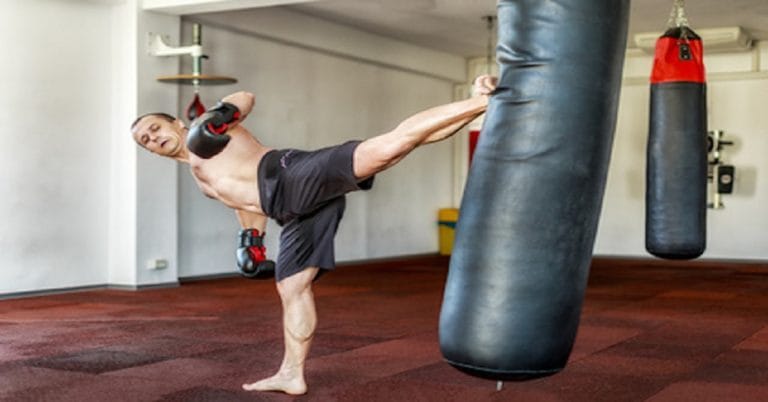Calves are notoriously challenging to develop, but after decades of trial and error, I’ve discovered a foolproof method to make them grow. This technique involves two key concepts that are simple yet incredibly effective: sticking to the basics and employing extended sets. Stick to the Basics When it comes to building calves, less is more….
Here’s a great calf-building exercise I picked up from Paul Sklar. It’ll leave your calves feeling Tenderness—and if you’re watching with the sound on, you’ll know exactly what I mean! Dip belt calf raises are easy to do at home or in the gym using a standard chin/dip belt and some weight plates. You don’t…
Unilateral (one-side-at-a-time) training helps restore left-right symmetry that may have gone off track with constant bilateral work. When training both sides together, it’s common for the stronger side to take over. That applies to any bilateral movement—including seated calf raises. You’ve likely done seated calf raises before, but how often have you done them one…
With recent gym closures, many people have been forced to train at home. You can target most major muscles with limited equipment—except for the soleus, one of the primary muscles of the calf. The calf consists mainly of two muscles: the gastrocnemius and the soleus. The gastrocnemius is heavily involved when the knee is extended….
For many people, lower leg training truly is “the seventh stranger!” Even when the backside gets some attention, the front often gets overlooked. I guess most people just don’t give a “shin” about it! That’s a mistake. All kidding aside, the gastrocnemius and soleus—the two major calf muscles—do receive some love at the gym, but…
Here are the top three articles that caught the most attention this year: 1. 8 Injections That Heal InjuriesThis article received over 140,000 views on its first day of release—and it’s been going strong ever since! If you haven’t read it yet, give it a quick look. It might help you heal a nagging injury….
Stubborn calves are either bored calves — they’ve “been there, done that” and refuse to grow — or they’re lost calves — they’ve been searching for the hidden treasure in murky waters but have yet to find it. Either way, these calves need some new and novel methods to encourage growth. Fortunately, there are plenty…
In the past, there was a great topical formulation that worked wonders for athletes. It was called Zanagen Ignite. This stuff brought heat to the area, significantly reduced pain, and noticeably improved muscle performance and size. All you had to do was apply Ignite about 30 minutes before your workout, and the results were amazing!…
Calves are stubborn. They’re like that boxer with an iron chin. If you want some knockout growth, you need to hit them hard with methods that work, hit them from all angles, and hit them often. Only then will you win the battle with your fiercest foe. Let’s take a look at what your training…
One of my most popular articles to date is about calf training: The Answer for Massive Calves It’s been widely discussed in forums, and I still receive questions about this method—especially about tempo: “Is it really necessary to go that slow when training calves?” Yes, it absolutely is. Here’s why. Why Slow Reps Matter for…

